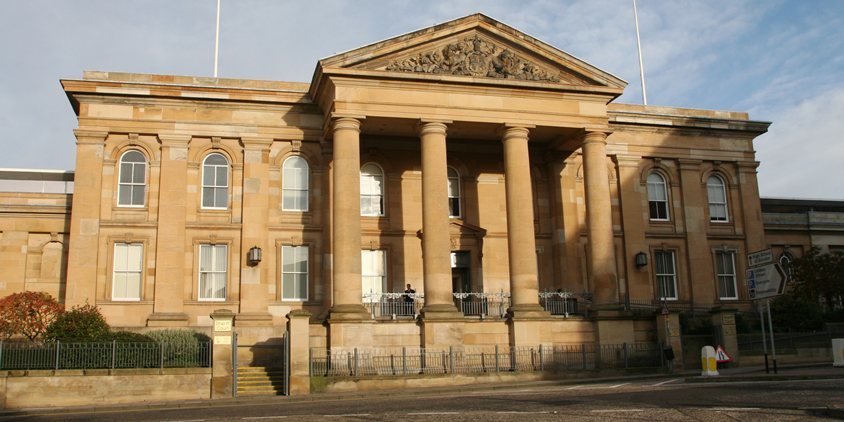Thousands of Scottish criminals could launch fresh appeals against their convictions under a human rights ruling expected today.
The judgment of the UK Supreme Court has the potential to tarnish the credibility of Scots law by saying the nation’s legal system breaches the right to a fair trial.
The test case of Peter Cadder, who was convicted at Glasgow Sheriff Court last year of two assaults and breach of the peace on interview evidence, has already triggered months of emergency preparations at the highest levels of government and legal circles.
Since 1984, suspects in England and Wales have been granted immediate access to a solicitor while being interviewed by police, but under Scots law a suspect can be questioned without a lawyer for up to six hours.
It is feared the Supreme Court will today rule this breaches European legislation on human rights. The worst-case scenario would see the court issue a retrospective decision applying to all Scottish cases dating back to the start of devolution in 1999.
There were warnings on Monday night this outcome could “open the floodgates” to a glut of appeals, compensation claims and even the possibility of convicted criminals walking free.
Justice secretary Kenny MacAskill has held a series of meetings over the potential implications of the challenge and many observers believe emergency legislation may be required to limit the damage of an adverse ruling.
The European Court of Human Rights in Strasbourg last year ruled access to a lawyer was part of the fundamental right to a fair trial after examining the case of teenager Yusuf Salduz by Turkish police.
The issue has been raised in Scotland, but last year seven judges in Edinburgh unanimously agreed there was no human rights breach because the law had in place a number of safeguards, including the right to silence.
However, when the Lord Advocate Elish Angiolini put the Crown case to the Supreme Court in May, she was sufficiently worried by the judges’ attitude as to order a change in procedure.UpheavalPolice were issued with guidance that suspects should be told they can have access to a solicitor when being questioned a move that caused major upheaval and involved high level meetings with the Law Society of Scotland.
The full ramifications of the case will become clear when the Supreme Court issues its judgment in London.
The Scottish Government on Monday said it would not comment on the case until the ruling was made public.
But David McLetchie, Scottish Conservative chief whip and business manager, signalled his party would work with the government if emergency legislation was required in the Scottish Parliament this week.
He said the Tories had first flagged up the potential problem in June last year
“We were concerned then, as we are today, about the floodgates being opened to many more appeals and convicted criminals walking free from jail,” he added.
“This issue is now coming to a head. If the Supreme Court tomorrow decides in favour of Cadder and the decision is retrospective, then the Scottish Conservatives stand ready to work with the rest of parliament to limit the damage.
“As we saw with the slopping-out fiasco, European Convention on Human Rights can often serve the interests of the criminal, rather than the law abiding majority. Its incorporation into the Scotland Act in 1998 was an error of judgment which, 12 years on, needs to be reviewed.
“We must do all we can to protect the safety of our communities and the peace of mind of victims.”
